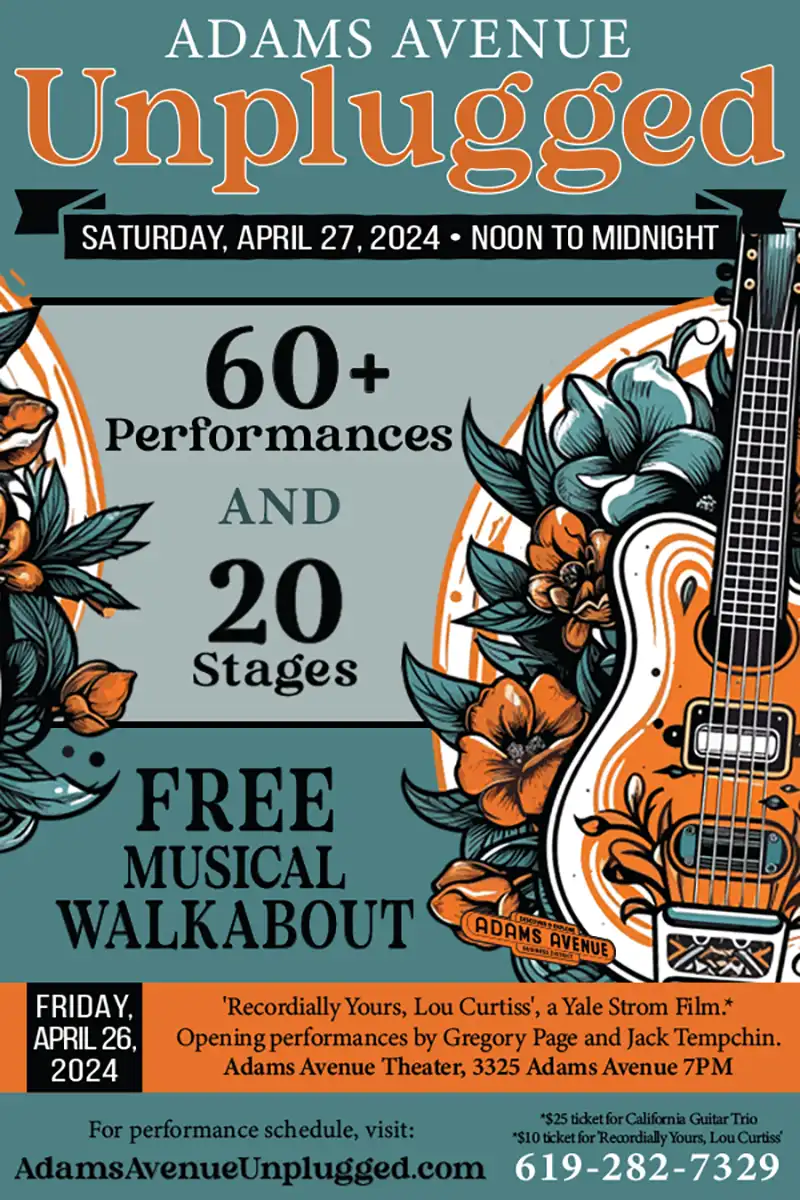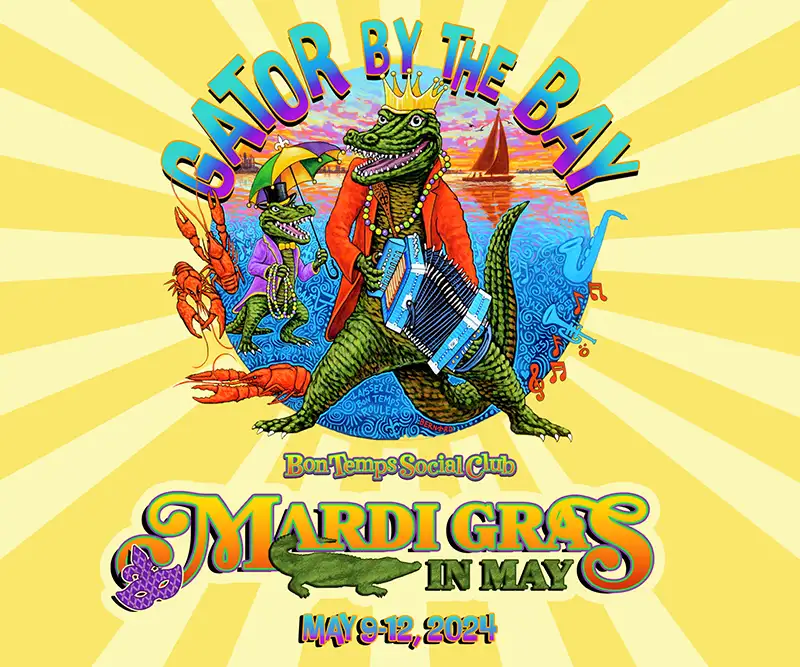Featured Stories
Multi-Media Magnifique with The Music Stand
So you want to be a rock ‘n’ roll star
Then listen now to what I say
Just get an electric guitar
Then take some time and learn how to play
And with your hair swung right and your pants fit tight
It’s gonna be all right.
Then it’s time to go downtown
Where the agent man won’t let you down
Sell your soul to the company
Who are waiting there to sell plasticware
And in a week or two if you make the charts
The girls’ll tear you apart.
Price you paid for your riches and fame
Was it all a strange game? You’re a little insane
The money that came and the public acclaim
Don’t forget what you are
You’re a rock ’n’ roll star.
“So You Want to Be a Rock ‘n’ Roll Star” by Roger McGuinn and Chris Hillman
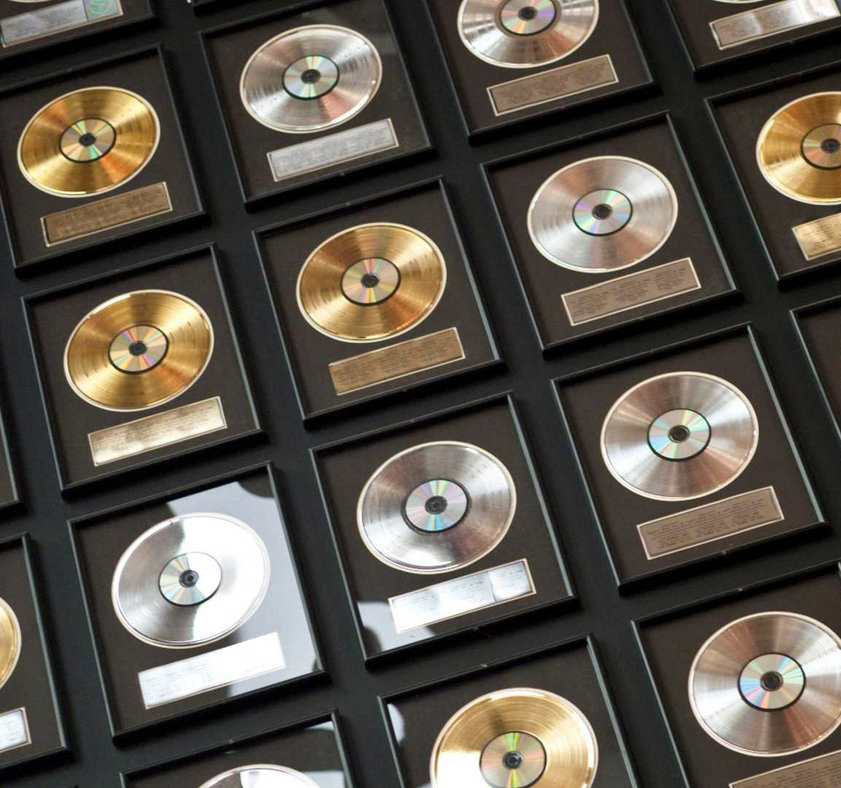
The mythology of “making it” in the music business is a complicated and dubious process. What are the qualities that define anyone as an artist? And in today’s world of corporate media overreach do you even need to be an “artist” to be commercially successful (in terms of dollars and cents) as a commodity within the entertainment industry?
Traditional pathways to “making it in the music business” still exist, but the amount of time and energy it takes to get the attention of a record company is exhaustive, expensive, and prohibitive to most musicians attempting to build an audience for their work. It often costs as much as a quarter-million dollars or more to create a professional contemporary music video. And, if we’re being totally honest here, you also have to extract a pint of your own blood and use it to sign a Faustian contract with the devil’s minions to be accepted within the current industry model.
When I asked Waylon Jennings for career advice in the late 1980s, he told me to just “Get out there and make a noise—if you’re doing something worthwhile eventually you’ll get noticed.” However, in the three-plus decades since that sage advice was offered, the musical landscape has mutated enormously. With thousands of musicians worldwide utilizing social media to post pics, videos, memes, and other such promotional schtick, how does the aspiring musician stand out among the masses? What makes you notable in the virtual onslaught when so many others are vying for the public’s time, attention, loyalty, and money? The old model of appealing to an established record company might appear durable on the surface, but it is certainly not the only game in town when it comes to the slippery business of building and cementing a devoted fan base.
Are you great at what you do, but the world just doesn’t know it yet? Or are you simply self-delusional, and it’s beyond your comprehension that the reason why you can’t find an audience for your work is because it is substandard and in need of a complete reinvention? Who are the true tastemakers and barometers of what passes for being legit in today’s entertainment jungle?
It used to be that record company moguls were the gatekeepers of what type of music gets out in front of the general public. But we are at a unique place in history—a collision of paradigms if you will, where what used to be the tried and true is quite possibly an antiquated system that has outlived its purpose.
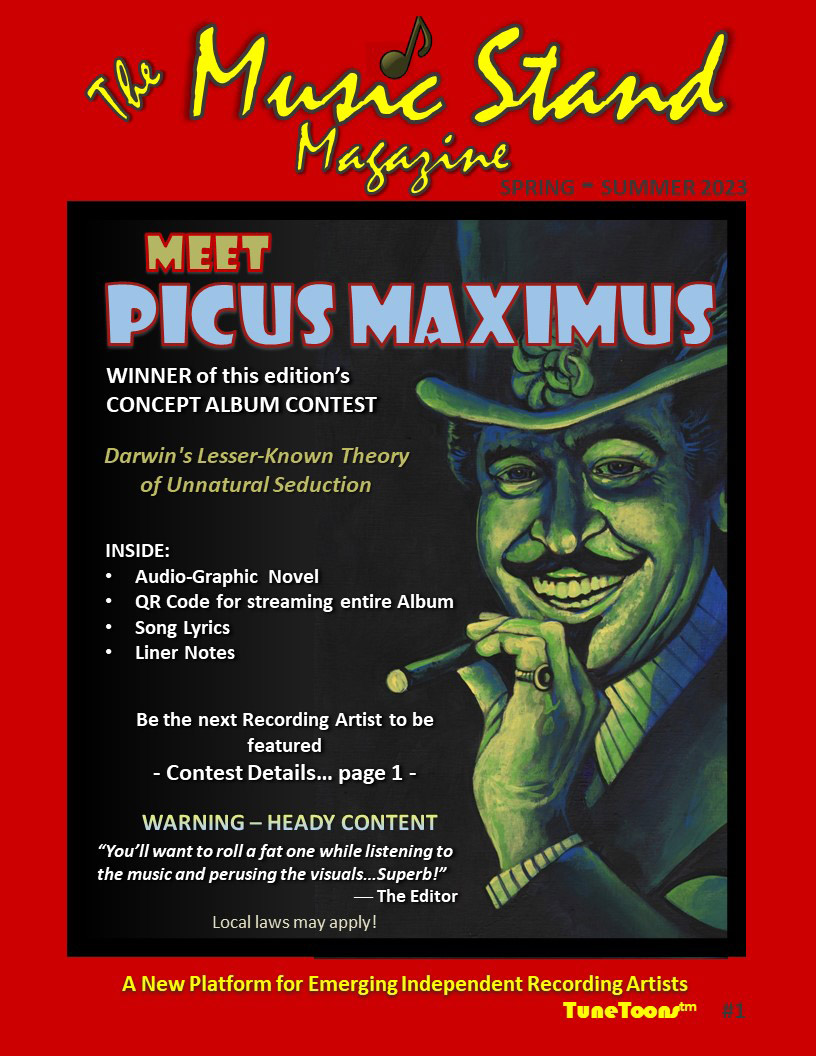
Cover illustration by Larry Nadolsky.
That is certainly what local San Diego music legends Rick Sparhawk and Jim Soldi believe, and that is one of the many reasons they have embarked upon a revolutionary publishing venture called The Music Stand magazine. (For more information on Sparhawk and Soldi’s illustrious backgrounds you are referred to the San Diego Troubadour’s cover story on them from July 2018.) With a team of illustrators, editors, web designers, and distributors, an impressive prototype of The Music Stand is being unveiled this month, with ambitious plans to expand its grasp and reach over future successive issues, which will benefit and promote local, regional, and national artists.
Issue number one features the fourth concept album by Sparhawk and Soldi’s group Picus Maximus, titled Darwin’s Lesser-Known Theory of Unnatural Seduction. Darwin is an almighty song-cycle of ten tracks that devastatingly weaves a cautionary tale regarding the unexplored pitfalls of artificial intelligence. It’s a gripping saga of drama, intrigue, and morality, with great songs and performances utilizing a diverse array of styles that pull you in and take you on a journey through what modern-day man has created in his love affair with unbridled technology (talk about your Faustian pacts).
The album is compelling on its own merit, but when you combine the music with a 36-page graphic novel with lyrics and illustrations that elaborate upon the theme of each individual song, you have a multi-media piece of art that harkens back to the glory days of rolling up a spliff and listening to Pink Floyd’s The Dark Side of the Moon, while reading along with the lyrics. But whereas most album jackets have one set of visuals, The Music Stand provides a plethora of images for each song. This multi-media experience is created through the unique coupling of print media and QR code technology that is accessed through your smart phone or computer.
As Sparhawk explains, “Each issue of The Music Stand magazine will feature a notable independent recording artist whom we deem worthy for inclusion in our TuneToons™ illustrated treatment of their music. Our QRC cross-platform technology enables us to assign a QR code to an album and point it to our online streaming service. It allows us to play the songs in the order we define. In this way, music lovers can enjoy each song, from first to last, as they thumb through the TuneToons™ illustrations. Much more than a single-image album jacket, the multiple illustrations follow along with each song’s lyrical content, assisting the viewer with their understanding of the song’s messaging. Of course, within each issue we also provide an in-depth review of the album, lyrics to each song, liner notes, and information regarding other material recorded by that artist.
“As a featured artist, anyone holding a copy of the magazine can access your music through the QR code to trigger that all-important play. Because TuneToons™ is an exciting and dynamic approach to getting your music heard, you’ll find the magazine enthusiastically shared with friends and anyone who happens to pick it up. Retail distribution is projected to be primarily through independent record stores and marijuana dispensaries nationally. We have found those customers tend to have greater reverence for music and visual stimuli, overall. Most important, it will serve your fan base with collectable autograph-worthy merchandise to be treasured for some time and more people will be listening to your music!”
Like any startup venture, in order for The Music Stand to become a material reality, it needs to raise funds and awareness to truly get this project off the ground. To that end, Sparhawk and his team are producing a Kickstarter video and revenue-generating campaign to get the word out about this exciting new multi-media art project/object.
**********
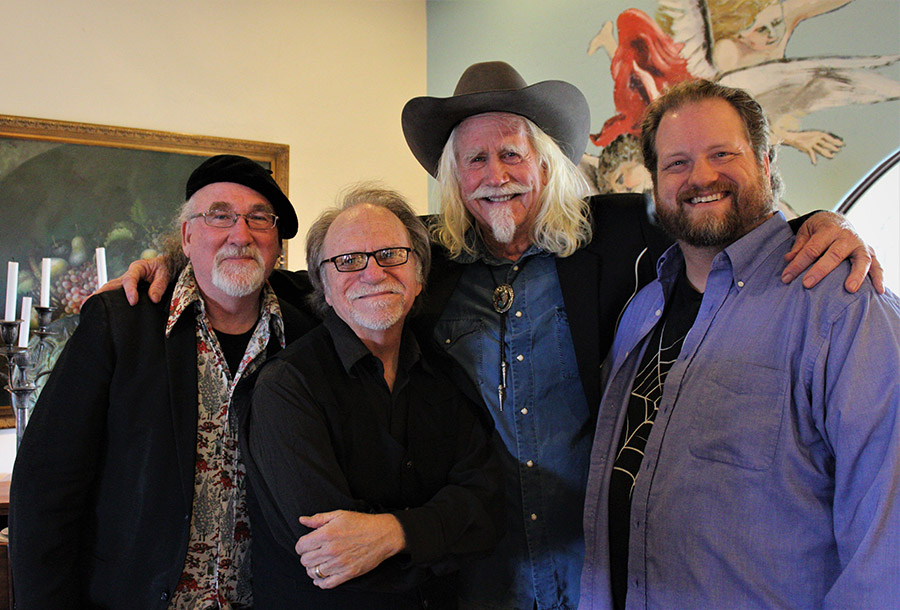
The Music Stand Team: Jon Kanis, Jim Soldi, Rick Sparhawk, & CJ Gilbert. Photo by RJ Flanders.
One of the first things you notice about The Music Stand are the dazzling visuals throughout every page of the magazine. In issue number one the illustrations have been created by renowned artist Larry Nadolsky. Hailing from Lac du Bonnet, Manitoba, Canada, Nadolsky has drawn dozens of comics for various publishers—his Guns ‘n’ Roses project for Revolutionary Comics has been reprinted numerous times, selling in the hundreds of thousands. He continues to draw comics about rock bands, sports figures, horror, superheroes, and erotica. His character, Race Yukon of the R.G.M.P., appeared several times in Heavy Metal magazine, and Stan Back appeared in Sound Waves music magazine for many years. While Nadolsky will be involved in future issues of The Music Stand, the editorial staff will select other illustrators as well that are appropriate to each project as the magazine develops. The current concept is to make each issue fresh and stylistically diverse, with additional input coming from the featured artists as well.
Sparhawk: “As the music industry continues to morph in a myriad of unpredictable ways, the visual aspect of an artist’s music has, unfortunately, taken a back seat. Forty years ago, the music industry attenuated down from the significant canvas of a 12-inch LP record sleeve to a five-inch CD insert. And now we have shrunk even further to the minuscule thumbnail images that accompany today’s digital download. The ability for a musician to package one’s recorded music with a meaningful visual message and a tangible art object has all but disappeared. The cover art to a musician’s musical statement, along with all the other iconic imagery once associated with an album, was a valuable component to linking the music to a larger and more compelling story. Frankly, it was a major driver toward getting an artist’s music heard and purchased at a record store. Sometimes we bought an album entirely on the strength of an LP’s artwork. With the increased, and oftentimes prohibitive cost of producing a piece of vinyl in today’s marketplace, only those with deep pockets can afford to press up their music in the vinyl format. Whether or not you can afford to have a lavish visual campaign to promote your music, the question still persists: ‘How do you get your music noticed?’
“The Music Stand magazine and TuneToons™ publishing is a concept that will bring back the coupling of illustration and recorded music. It is intended to aid aspiring musicians in restoring striking, persuasive imagery to enrich their songs in order to attract the attention of new listeners. In our current culture, the goal of a recording artist is to get someone to stream a song, not for the half-cent royalty it provides from the likes of Spotify or any of the other digital music services, but for the immensely important song-play it triggers. This is the key metric now used by record companies to assess the potential of an artist to become a bankable star. The number of plays generated on these platforms are monitored and reported to the record companies. However, without the backing of a major label recording conglomerate, it’s hard to justify the expense of hiring an illustrator on your own in order to attract new listeners. It’s a marketing dilemma, because in the world of virtual file sharing there is little hope of a return on your investment. Even worse, with digital file sharing there is no tangible canvas to attach visuals. If you are selected to be featured in our magazine, you’ll find a new audience through our independent distribution channels. And that’s where The Music Stand offers a compelling alternative to all of these commercial dead ends.
“In lieu of producing a high-cost video to titillate the public, The Music Stand is conceived of as a stepping stone for emerging artists to approach their goal and to skillfully promote their work by coupling remarkable visual storyboarding with their songs. And we do so with technology that makes accessing the music a simple and exciting process for music lovers.
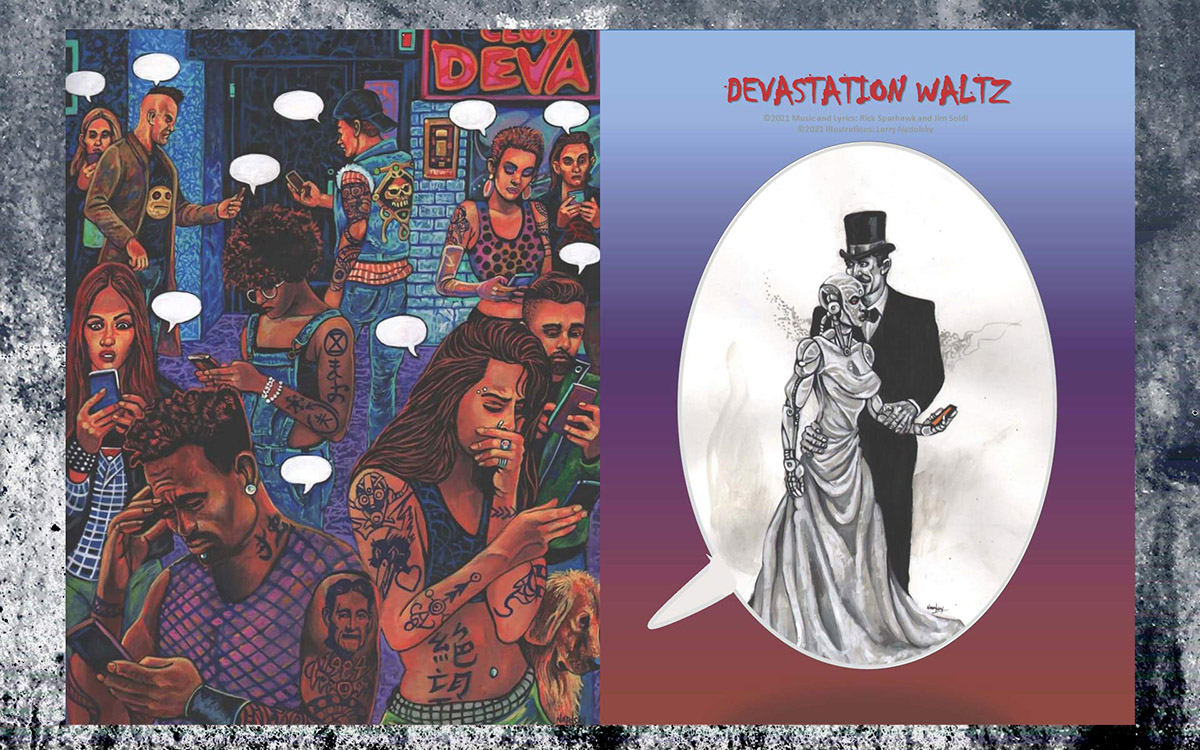
The Music Stand sample page.
“Our mission is to promote, encourage, and provide an alternative medium for aspiring musicians. If you’re looking for an innovative way to promote your art, our TuneToons™ graphic novels may be the key to reaching your potential audience. The Music Stand is published and marketed to introduce visual and musical talent to the world, which we consider exceptional. This is for musicians, by musicians.”
**********
When Roger McGuinn and Chris Hillman of the Byrds wrote “So You Want to Be a Rock ’n’ Roll Star” back in 1967, they were ironically commenting on the pre-fab phenomenon of the Monkees and other corporately created artists of their day. In the 56 years since they wrote their now-classic indictment against the purveyors of pap, the music industry has only become more cynically invested in grooming, shaping, controlling, and directing their brainwashed charges into a very specific agenda, one in which they hurl the lowest possible vibration toward the listener. That’s exactly what XTC’s Andy Partridge sang about in his 1983 song “Funk Pop a Roll.” “They can fix you rabbits up with your musical feed—they can fix you rabbits up, big money selling you stuff that you really do not need.” It’s impossible to keep track, let alone care, about the Flavor of the Month disposability of today’s pop acts. No matter what your preferences are, having the Biebers, Rihannas, the Katy Perrys, Miley Cyruses, and the Lady Gagas of the world shoved down the throat of the average consumer is definitely not helping to make the world a better place. There is now a more interesting and nurturing platform in which to experience the aural arts. The Music Stand is poised to make a splash and assist in shifting the current paradigm of how recording artists express themselves through their work—it’s a true alternative to the pre-fab sounds being offered by the suits at Universal, Sony, WEA, and whoever else is brandishing a knife and fork at the carving table of industry these days.
Sparhawk: “Our staff is comprised of established musicians and visual artists who have lived through and contributed to the renaissance of the ’60s, ‘70s, and ‘80s music scene. We wish to mentor the next generation of creative talent and assist them in gaining a meaningful foothold in the marketplace of the 21st century. We are about preserving the spirit of rock ‘n’ roll. We are independent, self-reliant, gorilla-thumping dream-makers.
“Independent musicians truly need a new distribution paradigm to address their marketing needs and fund their passion. If you are a musician or group who has recorded a professional concept album such as Pink Floyd’s The Wall, Jethro Tull’s Thick as a Brick, or Tommy by The Who—and would like to be considered for inclusion in our next issue, come interact with our website at www.musicstandpublishing.com.”
When you do check out The Music Stand online, you can see what Sparhawk and his team are up to. You can virtually thumb through the magazine, scan the QR code, and experience it for yourself. You can see every page, read every word, and listen to every note. Also, in mid-April, the The Music Stand will launch a Kickstarter campaign with an accompanying video that will inform interested artists and donors how they can get involved with this paradigm-busting project, with instructions on how recording artists can submit their material to the magazine for consideration in future issues. Those who are interested can sign up for an email list, which will announce when The Music Stand’s Kickstarter campaign goes live.
Sparhawk: “I kind of feel like we’re heading up a revolution. We’re not going to kowtow to a self-serving industry any longer—we’re going to try and break off and create something new.
“I looked at Reverb Nation, and other services like that, and all they are doing is peddling The Dream. From what I can tell they don’t really have anything that they bring to the table. They just have millions of hopeful, desperate songwriters funneling in money to get music played or listed on some platform. These companies are making millions of dollars just by selling The Dream. And, yes, that’s certainly what we’re doing: we’re selling The Dream. But we’re taking it a step further by connecting and creating a new marketing approach for independent, unsigned musicians to effectively promote themselves and gain some recognition. Hopefully, we are helping to open up a new technology-driven art medium in the process. We want to revive and encourage honest, original songwriting and open the doors of hope for the next generation of music makers. We’re doing this by reintroducing the visual marketing execution that defined a renaissance generation of ‘60s and ‘70s rock ’n’ roll music.
“The Music Stand is a place where the past, present, and the future of multi-media art and music combine for an exciting and stimulating experience for anyone who is a fan of visual storytelling and great rock ’n’ roll. If you are a patron of the arts, we welcome your support. We are also looking for advertisers who will benefit from the audience we will reach. Anyone can be a featured musician in the forum of The Music Stand paradigm—all that is required is the extraordinary, but unrecognized talent and vision to take it to the next level. If you are a musician and/or recording artist I ask: what are you going to do to ensure your dreams of fame and recognition come true?”
The answer to that question is twofold: 1) remember that playing and creating music is supposed to be fun; and 2) polish up your best material, rehearse as if your life depended upon it, record your songs in a professional manner, and submit them to The Music Stand!


